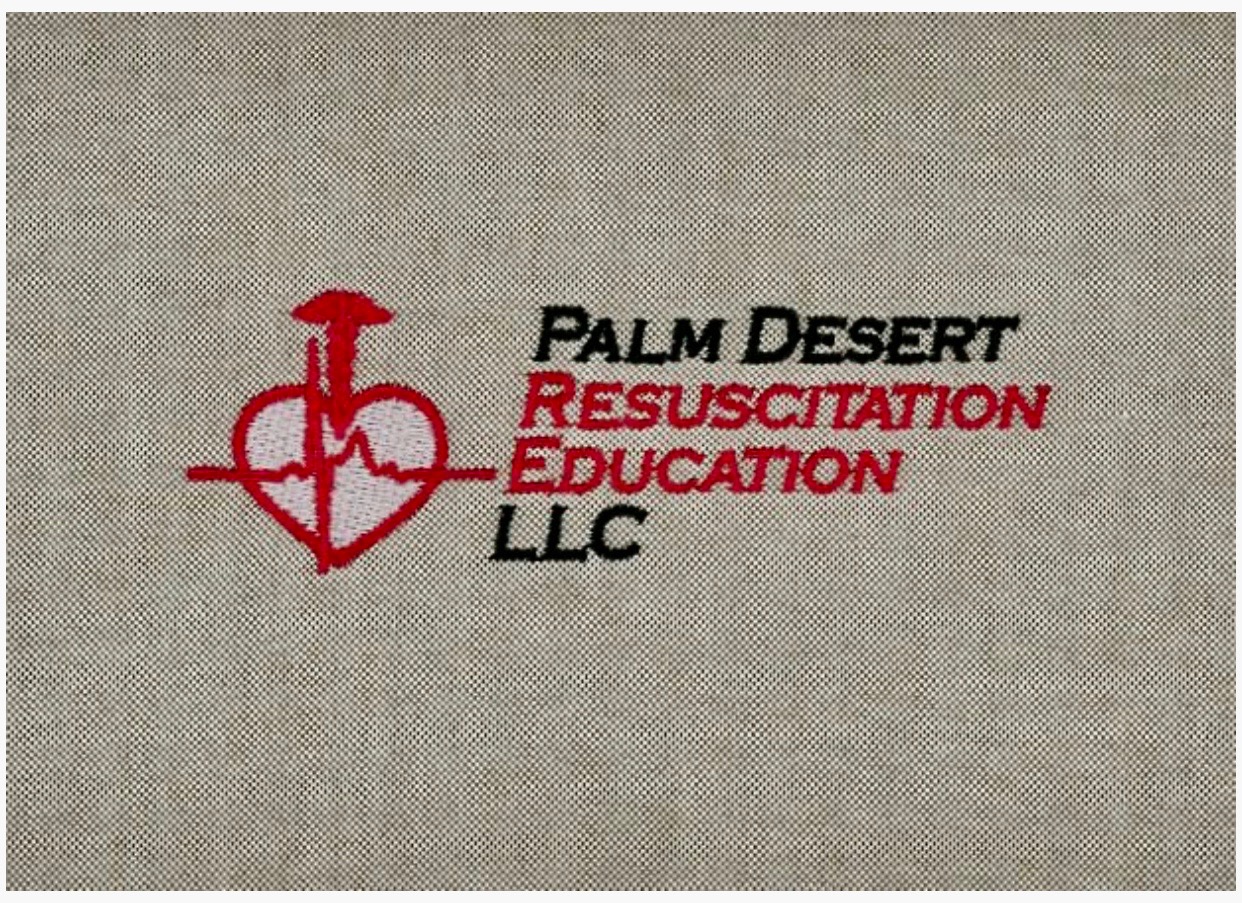In the recent few years, incidents related to sudden cardiac arrest have increased at a high rate. On any day, about 1,000 people in America experience sudden heart failure or cardiac arrest. A few of the arrests lead to death as well. Moreover, the problem is that most of the arrest cases take place out of the hospital. Here comes the role CPR treatment, which gives temporary treatment to a patient until the arrival of medical professionals at the incident venue.
What You Learn in CPR
Knowledge on Possible Causes of Cardiac Arrest
Individuals learn a few possible causes of cardiac arrest and their long-term influence on the human body while they attend CPR classes. Simultaneously, candidates acquire valuable knowledge to become conscious of safety and security. The mentioned first aid certification and training program improves the level of safety awareness among individuals so that they follow health and safety protocol strictly.
Knowledge on Using an AED i.e. Automated External Defibrillator
BLS type of cardiopulmonary resuscitation program lets you learn the use of an AED. Here, AED is the short form of Automated External Defibrillator. Alternatively, one can learn to perform CPR. AED is of significance while handling a medical emergency. When a person stays on-site to use AED or perform CPR, he or she takes care of a patient suffering cardiac arrest.
2020 AHA Guidelines Basic Life Support (BLS) Provider and Renewal Course
PALM DESERT – Main Office
Address: 73700 Dinah Shore Drive, Suite 107,
Palm Desert, CA 92211
Phone: 1 760 832 4277
Email: PalmDesertCPR@gmail.com
Chains of Survival to Handle Cardiopulmonary Resuscitation
Candidates who pursue ACLS Certification will know different aspects of the chains of survival to impart CPR treatment. According to the latest course of the American Heart Association, the chains of survival will include the following-
Chains of Survival for Children and Infants
Whether you acquire the basic CPR certification or choose to acquire an advanced program, you will learn chains of survival designed specifically for IHCA in children, infants, and adolescents. For instance, you will get training on early recognition of cardiac arrest and certain steps to prevent it.
Sixth Link Recovery to the Chains of Survival
Authorities have added a new sixth link recovery to the existing Chains of Survival. The latest topic is not only in BLS Certification but also in the ACLS program. The link intends to provide surveillance, treatment, and rehabilitation for the survivors of cardiac arrest.
Support during the Phase of Recovery
Patients require regular support during their recovery phase to make sure optimal physical, emotional, and cognitive wellbeing and return to the role and social functions.
Note-Individuals responsible to impart ACLS or simple BLS treatment have to initiate the process of chains of survival at the time of initial hospitalization. The continuation of the process depends on the individual requirement of a patient.
Therefore, training individuals to conduct CPR and use AED provide life-long skills, which they can use in their home, office, or any other place to save the life of others. On the other side, patients receiving CPR instantly after suffering from cardiac arrest have a relatively high chance to survive. Besides, they experience less physical trauma.





















No Comments